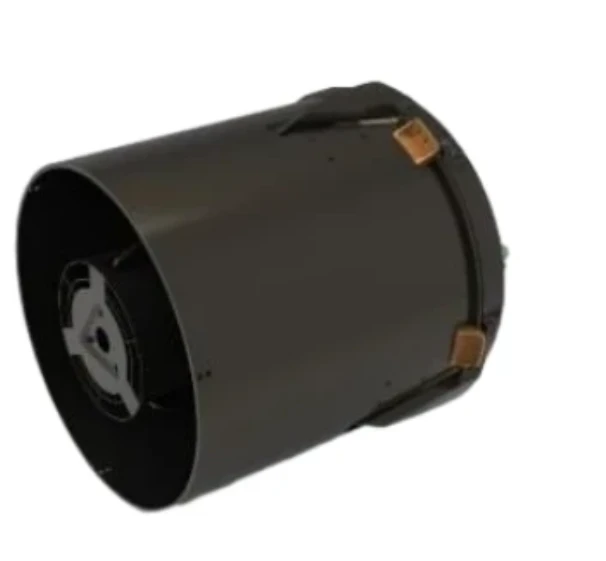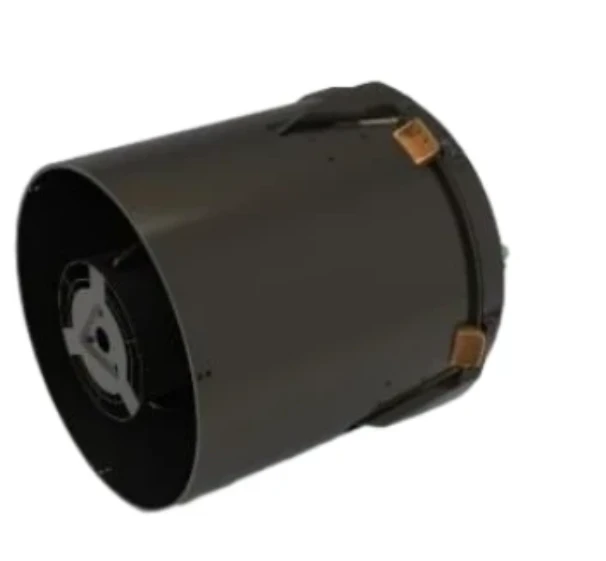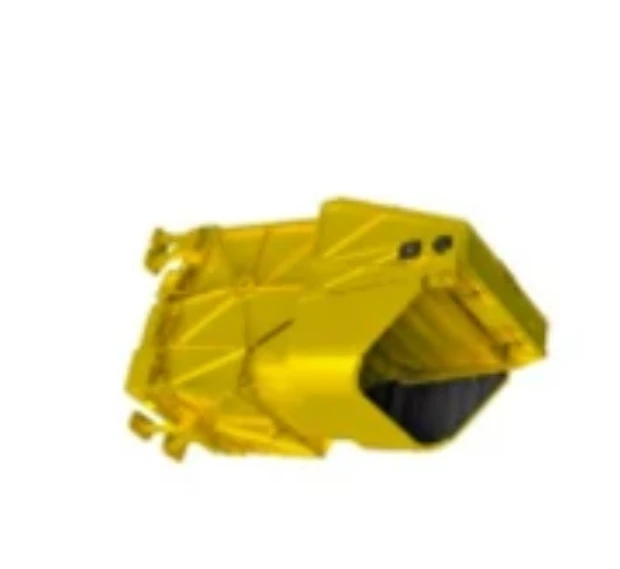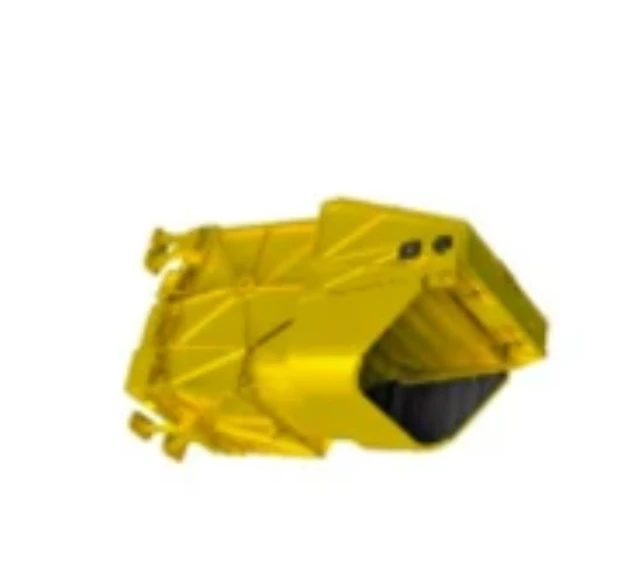
- Afrikaans
- Albanian
- Amharic
- Arabic
- Armenian
- Azerbaijani
- Basque
- Belarusian
- Bengali
- Bosnian
- Bulgarian
- Catalan
- Cebuano
- China
- Corsican
- Croatian
- Czech
- Danish
- Dutch
- English
- Esperanto
- Estonian
- Finnish
- French
- Frisian
- Galician
- Georgian
- German
- Greek
- Gujarati
- Haitian Creole
- hausa
- hawaiian
- Hebrew
- Hindi
- Miao
- Hungarian
- Icelandic
- igbo
- Indonesian
- irish
- Italian
- Japanese
- Javanese
- Kannada
- kazakh
- Khmer
- Rwandese
- Korean
- Kurdish
- Kyrgyz
- Lao
- Latin
- Latvian
- Lithuanian
- Luxembourgish
- Macedonian
- Malgashi
- Malay
- Malayalam
- Maltese
- Maori
- Marathi
- Mongolian
- Myanmar
- Nepali
- Norwegian
- Norwegian
- Occitan
- Pashto
- Persian
- Polish
- Portuguese
- Punjabi
- Romanian
- Russian
- Samoan
- Scottish Gaelic
- Serbian
- Sesotho
- Shona
- Sindhi
- Sinhala
- Slovak
- Slovenian
- Somali
- Spanish
- Sundanese
- Swahili
- Swedish
- Tagalog
- Tajik
- Tamil
- Tatar
- Telugu
- Thai
- Turkish
- Turkmen
- Ukrainian
- Urdu
- Uighur
- Uzbek
- Vietnamese
- Welsh
- Bantu
- Yiddish
- Yoruba
- Zulu
How Do CCTV Speed Domes and Zoom Technologies Redefine Surveillance?
In the ever - evolving landscape of security and surveillance, advanced technologies have become indispensable for maintaining safety and monitoring environments effectively. CCTV speed domes along with the nuances of zoom digital vs optical, zoom digital vs zoom optic, digital and optical zoom difference, and digital pan tilt zoom are at the forefront of this technological advancement. These elements play crucial roles in enhancing the capabilities of surveillance systems, offering different features and performance levels that cater to diverse security needs.
Unveiling the Capabilities of CCTV Speed Domes
CCTV surveillance has witnessed a significant leap forward with the introduction of CCTV speed domes. These devices combine multiple functionalities to provide comprehensive coverage of an area. Unlike traditional fixed - position cameras, CCTV speed domes are equipped with digital pan tilt zoom capabilities, allowing them to rotate horizontally (pan), vertically (tilt), and zoom in on specific targets. In large commercial complexes such as shopping malls or airports, CCTV speed domes are strategically placed to monitor vast open spaces, entrances, and exits. Their ability to quickly pan, tilt, and zoom enables security personnel to track moving objects or individuals, ensuring no activity goes unnoticed. The high - resolution imaging of CCTV speed domes further enhances the clarity of footage, making it easier to identify details even from a distance.
Deciphering the Battle: Zoom Digital vs Optical
When it comes to enhancing the viewing range of surveillance cameras, the comparison between zoom digital vs optical is a key consideration. Optical zoom operates by physically adjusting the camera lens, similar to how a traditional camera lens works. This mechanism allows for a true magnification of the subject, capturing more detail without sacrificing image quality. In contrast, digital zoom works by cropping and enlarging the existing image pixels. For instance, in a wildlife surveillance scenario, an optical zoom on a camera can bring distant animals into clear view, maintaining sharpness and color accuracy. On the other hand, digital zoom might make the image appear larger, but it often results in pixelation and loss of detail, especially when pushed to higher magnification levels. Understanding the digital and optical zoom difference is crucial for choosing the right camera for specific surveillance requirements.
Analyzing the Distinctions: Zoom Digital vs Zoom Optic
The nuances between zoom digital vs zoom optic extend beyond basic functionality and significantly impact surveillance effectiveness. Zoom optic, or optical zoom, provides a more natural and high - quality magnification. It allows cameras to capture fine details from afar, making it ideal for applications where accurate identification is essential, such as in traffic monitoring or border control. Digital zoom, while convenient for quick adjustments and available on many budget - friendly cameras, has its limitations. In low - light conditions, digital zoom can exacerbate noise in the image, reducing its usability. In contrast, optical zoom can still deliver clear images even in challenging lighting situations. The choice between the two depends on factors like the camera's intended use, available budget, and the level of detail required in the captured footage.
Understanding the Digital and Optical Zoom Difference
The digital and optical zoom difference lies in their fundamental mechanisms and the resulting image quality. Optical zoom uses the camera's lens system to magnify the subject, ensuring that every pixel captured is a true representation of the scene. This results in sharp, detailed images even at high magnifications. Digital zoom, however, interpolates and enlarges existing pixels, which can lead to a degradation in image quality, especially when the zoom factor is increased significantly. In a bank surveillance setup, for example, an optical zoom can clearly capture the face of a customer at the counter from a distance, while digital zoom might produce a blurry or pixelated image, making identification difficult. Recognizing these differences helps users make informed decisions when selecting cameras for their security systems.
Leveraging the Power of Digital Pan Tilt Zoom
The digital pan tilt zoom feature integrated into modern surveillance cameras, especially CCTV speed domes, offers unparalleled flexibility in monitoring. With this technology, cameras can be remotely controlled to cover a wide area and focus on specific points of interest. In a busy street intersection, a CCTV speed dome with digital pan tilt zoom can quickly shift its view from one lane to another, tracking vehicles and pedestrians. The combination of digital control and mechanical movement allows for precise and rapid adjustments, ensuring that no part of the monitored area is overlooked. This feature also enables security personnel to respond promptly to incidents by zooming in on relevant details and panning or tilting to follow the course of events.
FAQ: Insights into Surveillance Zoom Technologies and CCTV Speed Domes
Which is More Suitable for Long - Range Surveillance: Digital or Optical Zoom?
For long - range surveillance where clear and detailed images are essential, optical zoom is the preferred choice. It maintains image quality even at high magnification levels, allowing for accurate identification of objects or individuals from afar. Digital zoom, on the other hand, may cause pixelation and loss of detail, making it less suitable for critical long - range monitoring tasks.
Can CCTV Speed Domes with Digital Pan Tilt Zoom Operate in Low - Light Conditions?
Many CCTV speed domes with digital pan tilt zoom are equipped with features like infrared (IR) illumination or low - light sensors, enabling them to function effectively in low - light or even complete darkness. These features enhance visibility, allowing the camera to capture clear footage even when ambient light is limited.
How Does the Zoom Digital vs Zoom Optic Choice Impact Camera Cost?
Cameras with optical zoom tend to be more expensive due to the complex lens systems and mechanical components involved. Digital zoom, which relies on software algorithms, is often included as a standard feature in many budget - friendly cameras. Thus, cameras with only digital zoom are generally more affordable, while those with high - quality optical zoom come at a higher price point.
Are There Any Limitations to the Digital Pan Tilt Zoom Feature?
While digital pan tilt zoom offers great flexibility, it does have limitations. The speed of movement may be restricted depending on the camera's hardware and software capabilities. Additionally, continuous use of pan, tilt, and zoom functions can put stress on the camera's mechanical components, potentially reducing its lifespan if not properly maintained.
Can the Digital and Optical Zoom Difference Affect Video Analytics?
Yes, the digital and optical zoom difference can impact video analytics. Optical zoom provides higher - quality images, which are more reliable for analytics algorithms to detect and identify objects accurately. Digital zoom, with its potential for pixelation and reduced detail, may lead to false positives or inaccuracies in analytics results, especially when zoomed in at high levels.











